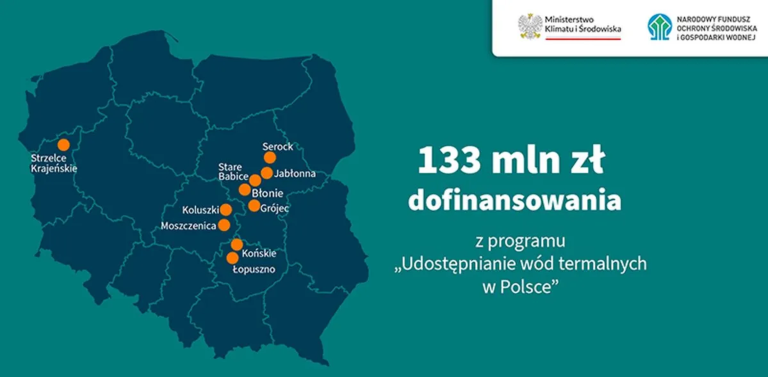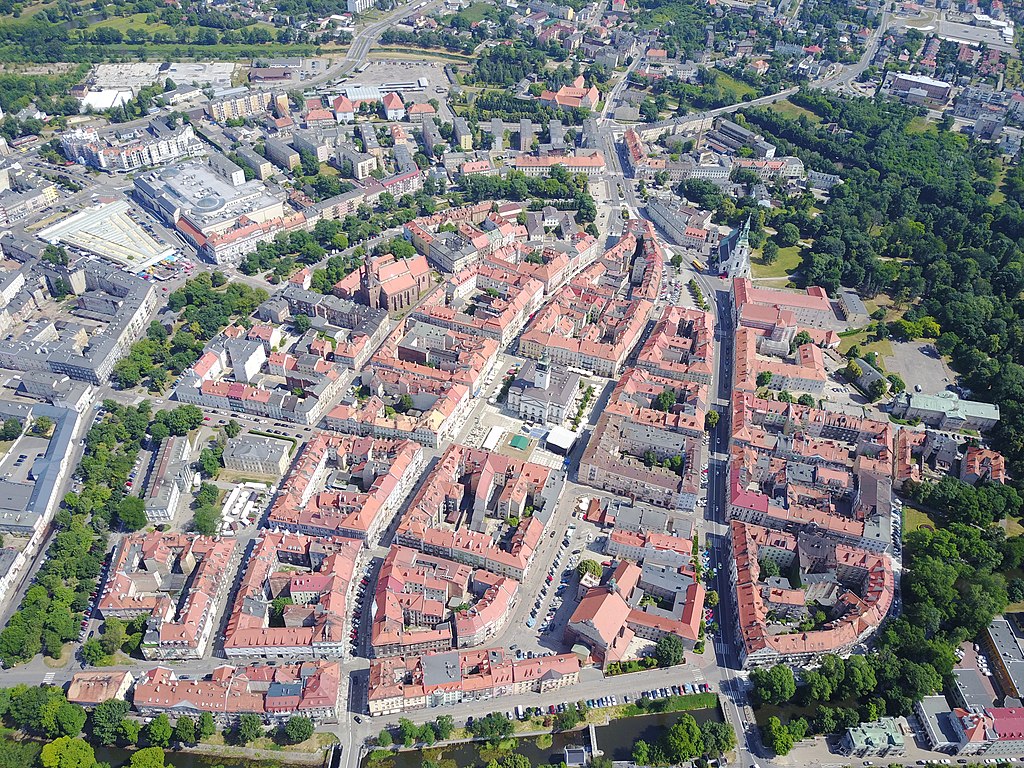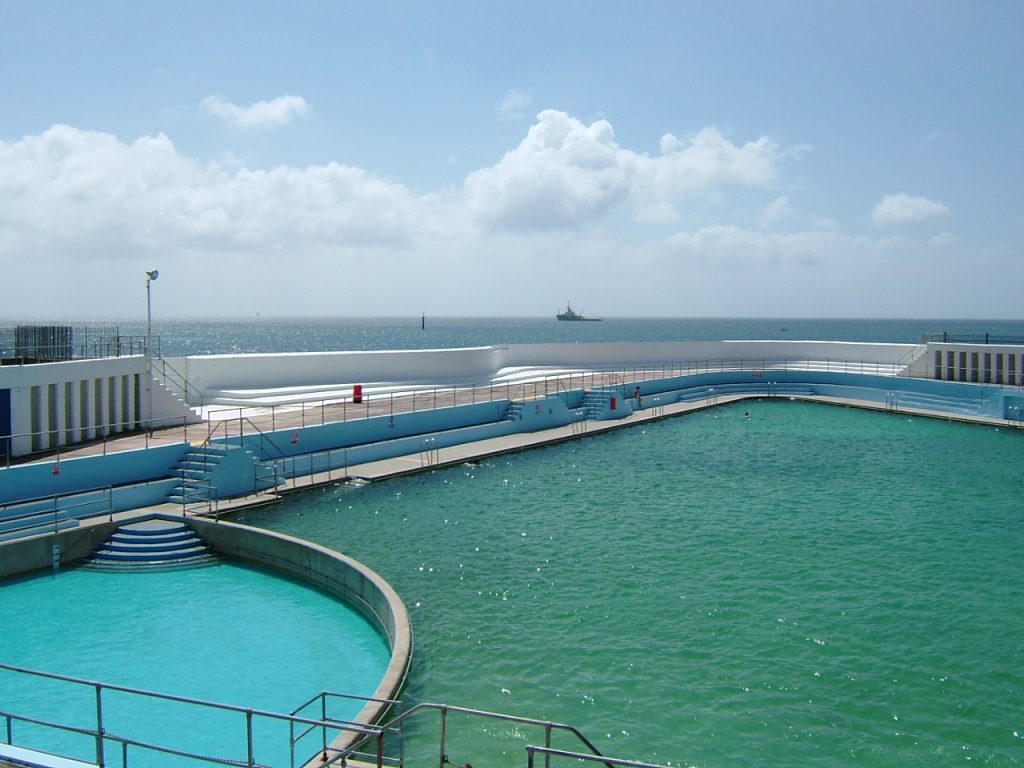
Data-driven heating reduces energy consumption in buildings. As prices shoot through the roof, business property managers are having to get smarter at controlling energy consumption—and heating offers a lot of potential savings.
The Norwegian research institute, SINTEF, is currently working with software developers Kiona and property managers DNB Næringseiendom to find out how we can heat our buildings more intelligently. As part of a project called Databygg, algorithms are being developed that can regulate the temperature in the heat distribution system of a building based on its heating needs.
Traditionally, the temperature of the water that is fed into the heating radiators (the so-called flow temperature) is dependent on the outdoor temperature. The colder it is outside, the higher the flow temperature. Such systems are designed to boost energy efficiency, but nevertheless fail to take the actual heating needs of buildings adequately into account.
"The control algorithm that we are developing in this project takes account not only of the outdoor temperature, but also of weather forecasts and the planned utilization of the buildings," says Åsmund Svinndal, who is CBDO and responsible for R&D at Kiona. "Our aim is to supply exactly as much energy as is needed to maintain the desired room temperature," he says.
Saving energy from day one
Based on detailed measurements taken over a period of two years, a data-driven model has been developed for the predictive control of the heating system. The model is able to predict the room temperature that will be achieved for a given radiator flow temperature.
"However, it emerged that the variation in the data was too limited to be able to train the model to function as intended," says John Clauss, who is a research scientist at SINTEF and the Databygg project manager.
For this reason, algorithms were developed that automatically and continuously adjust the radiator temperature in response to the measured room temperature. The algorithms record the room temperature once every 30 minutes as a basis for determining if there is a need to provide heating. If heating is not required, the temperature in the radiator circuit is reduced.
If the room temperature falls and the rooms become too cold, the flow temperature is increased again. The likelihood of poorer thermal comfort developing is low if the temperature is checked at 30-minute intervals.
Energy consumption reduced by 10 to 15%
The system was tested in an office building in the center of Trondheim last autumn. Energy used for heating was reduced by between 10 and 15% while maintaining desired room temperatures. Moreover, the temperature in the radiators was increased gradually in order to avoid energy peaks occurring when the flow temperature was increased.
"The algorithms have helped the system to save energy from day 1," says Erlend Kaland Simonsen, who is Director of Development and Digitalisation at DNB Næringseiendom.
Enhanced model will save even more energy
As well as saving energy, the implemented algorithms generate more data that in turn can be used to train models with the aim of predicting future room temperatures more accurately. These models will be applied in the future as part of a predictive control algorithm that can anticipate heating needs.
This algorithm uses new data to solve an optimization problem generated once every hour. Based on data generated by measurements taken in the building, the algorithm suggests a flow temperature that will ensure the desired room temperature for the following 12 hours. This will contribute to further energy savings.
"Our intention is to utilize predictive algorithms in several of our buildings," says Simonsen. "Before summer this year, we will also be looking into how we can reduce energy consumption in our cooling system," he says.







